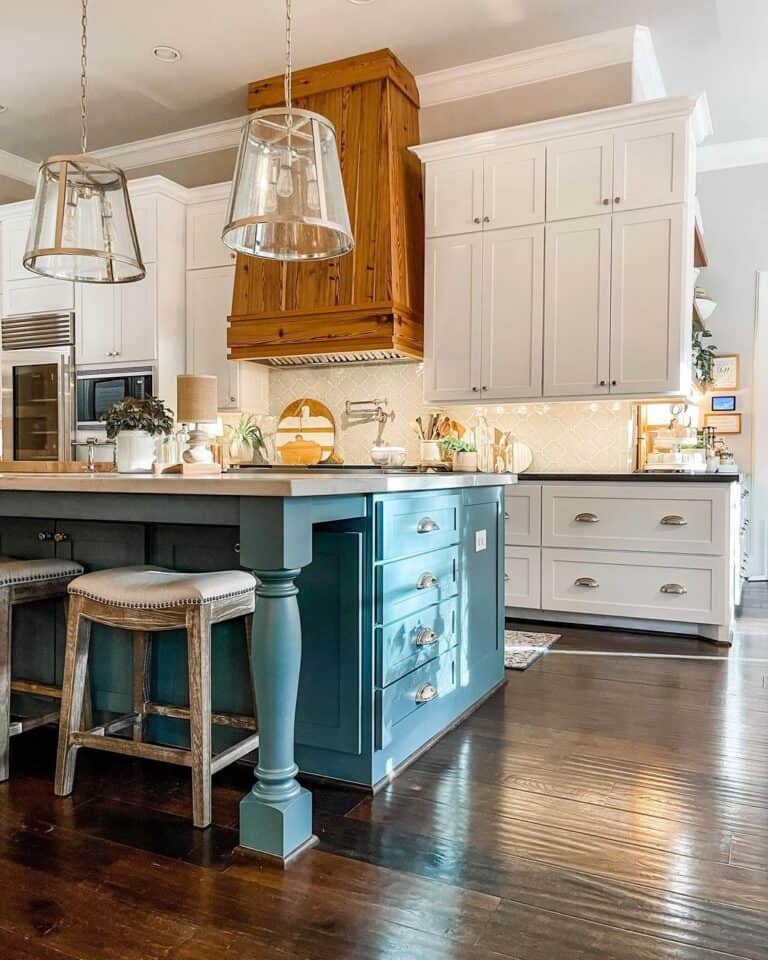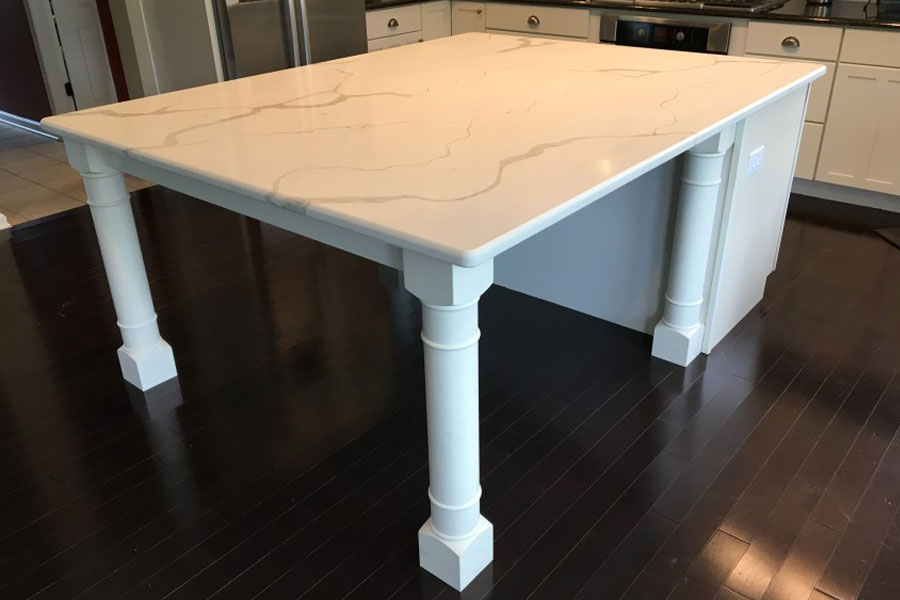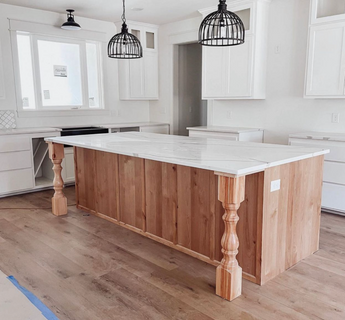Sturdy Wood Kitchen Island Legs for Your Home Remodel
Sturdy Wood Kitchen Island Legs for Your Home Remodel
Blog Article
Necessary Tips for Picking the Perfect Table for Your Kitchen Area
Selecting the excellent dining table for your kitchen area is greater than simply an issue of taste; it necessitates a thorough understanding of your space and demands. Begin by determining your available room to make certain adequate clearance for movement. The form of the table plays an essential function; while rectangle-shaped tables match larger locations, round ones foster intimacy, and extendable alternatives provide flexibility. Product choice is just as vital, with hardwoods providing longevity and glass loaning a modern touch. Ultimately, the table ought to harmonize with your kitchen area's visual appeals and suit your family members comfortably. What other variables might influence this vital decision?
Measure Your Area
Picking the perfect dining table begins with a precise evaluation of your offered area. This foundational step guarantees that the table not only fits conveniently within the room but also complements the overall format and capability of your eating area.
It is essential to leave adequate room for chairs to be drawn out and for people to move around the table without blockage. A general guideline of thumb is to permit at the very least 36 inches of clearance from the edge of the table to the nearest wall surface or piece of furniture.
Furthermore, think concerning the number of individuals you generally delight and whether you need added area for visitors. Opting for an extendable table can give flexibility, permitting you to accommodate differing numbers of restaurants. By precisely gauging your area, you prepared for choosing a dining table that boosts both the aesthetics and performance of your eating area.
Select the Right Forming

On the other hand, round tables are exceptional for smaller kitchen areas or intimate celebrations, as they promote conversation by enabling every person to face each other. They additionally provide a feeling of comfort and can fit well in tighter rooms due to their lack of sharp edges. Oblong tables offer the most effective of both globes, incorporating the size of rectangular tables with the intimacy of round ones, making them flexible for numerous setups.
Square tables are an additional choice, especially fit for square-shaped spaces. They produce a modern and symmetrical appearance, cultivating an equivalent eating experience for all seated.
Material Considerations
When choosing a table, product factors to consider are extremely important in establishing the table's durability, upkeep requirements, and general aesthetic. Timber is a timeless option, offering timeless appeal and effectiveness. Hardwoods like walnut, mahogany, and oak are particularly durable, though they can be pricey. kitchen island legs. Softwoods, such as want, are a lot more cost effective however may be vulnerable to scratches and damages.
Glass-topped tables supply a modern, smooth look and can make a space appear bigger due to their openness. They call for regular cleansing to avoid finger prints and smudges. Furthermore, toughened up glass is recommended for its additional toughness and safety.

Last but not least, composite materials like MDF (Medium-Density Fiberboard) or plywood are economical choices. These products can imitate the appearance of strong wood yet may not offer the very same durability. They are generally less complicated to clean yet can be prone to water damage otherwise properly secured.
Ultimately, the selection of material need to align with your cooking area's style, your lifestyle needs, and your spending plan restrictions. (kitchen island legs)
Seats Capability and Convenience
How do you establish the best seats capacity and convenience for your eating table? This important action includes analyzing both the physical space readily available in your kitchen and your family's useful requirements. Begin by gauging your kitchen area to make sure the table fits comfortably, enabling at the very least 36 inches of clearance around it for easy motion. Take into consideration the variety of individuals who typically dine with each other, as this will certainly influence the table size. For a household of 4, a rectangular table of 48 inches long or a round table with a 48-inch diameter is typically enough.
Comfort is similarly crucial. The height of the table should ideally be around 30 inches, offering a balanced ergonomic stance for seated diners. Chairs must sit elevation of 18 to 20 inches to make certain a comfy eating stance. In addition, take into consideration the chair design; supportive backrests and upholstered seats can enhance eating convenience significantly, especially during prolonged dishes.
Design and Visual Appeal
Choosing a table that matches your design and aesthetics involves stabilizing individual preference with the existing decoration of your dining space. The table is often the focal point look at here of the kitchen area, and its style should enhance the total style of the room. Whether your cooking area flaunts a contemporary, minimalist appearance or a rustic, farmhouse appeal, the table you choose need to balance with these elements to create a natural and inviting ambience.
Think about materials carefully; timber provides a classic charm and can range from abundant mahogany for a traditional seek to lighter oak for a contemporary feeling. Metal and glass tables, on the various other hand, can introduce a sleek, commercial edge to your cooking area. Don't overlook the table's shape-- rectangular tables are traditional and versatile, while round and oblong options can promote a more intimate eating experience.
Additionally, pay very close attention to finishes and details. A troubled finish might add personality and warmth, whereas a shiny surface can add to a tidy, modern visual. Inevitably, your dining table must not only in shape flawlessly into your kitchen area's design however additionally reflect your personal design, elevating the area both functionally and aesthetically.
Verdict
In verdict, picking the ideal dining table for a kitchen necessitates careful evaluation of space, shape, material, seating ability, and visual consistency. Inevitably, an appropriate eating table promotes a welcoming environment and fits the family easily, therefore improving the eating experience.

When choosing a dining table, product considerations are vital in determining the table's imp source toughness, maintenance requirements, and overall visual. For a family of four, a rectangle-shaped table of 48 inches long or a round table with page a 48-inch size is typically adequate.
Do not forget the table's form-- rectangular tables are classic and versatile, while round and oval options can promote an extra intimate eating experience. kitchen island legs.
Report this page